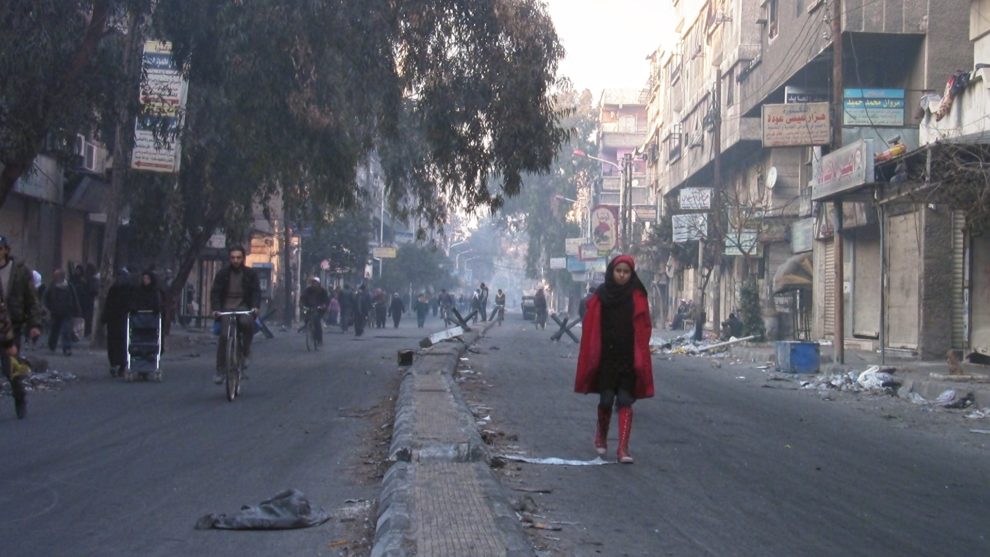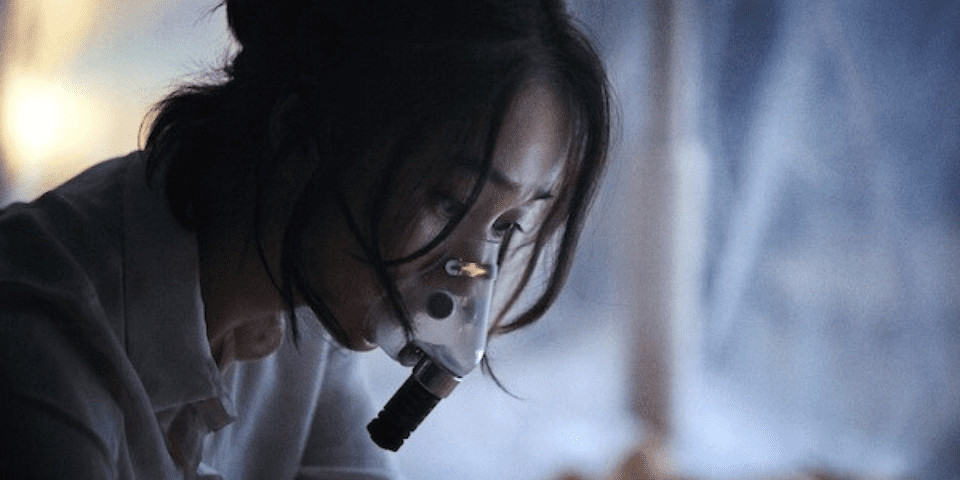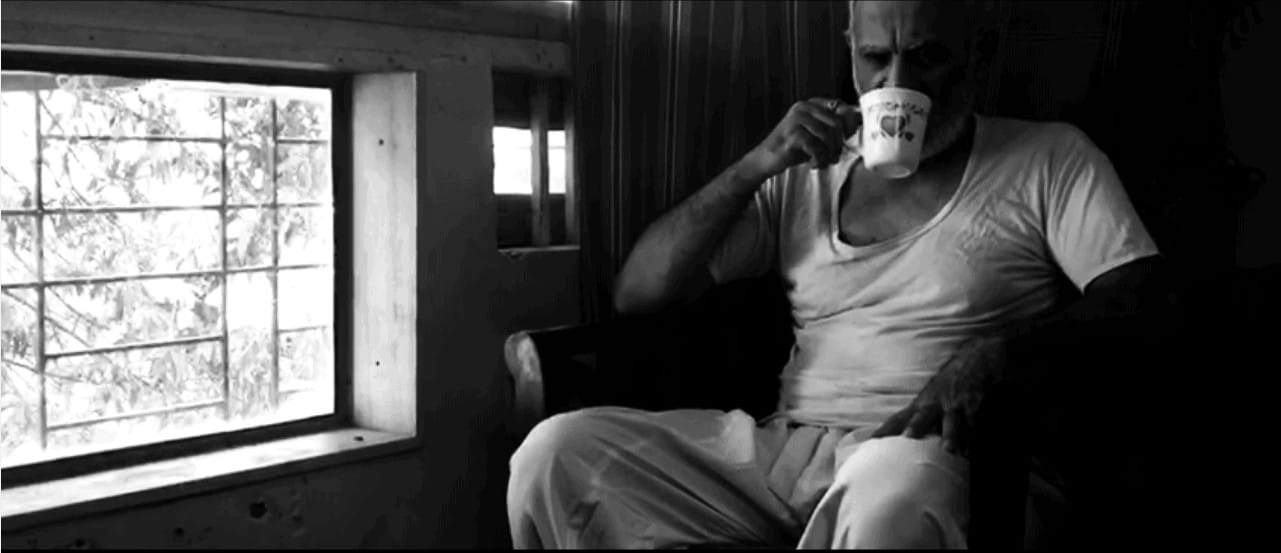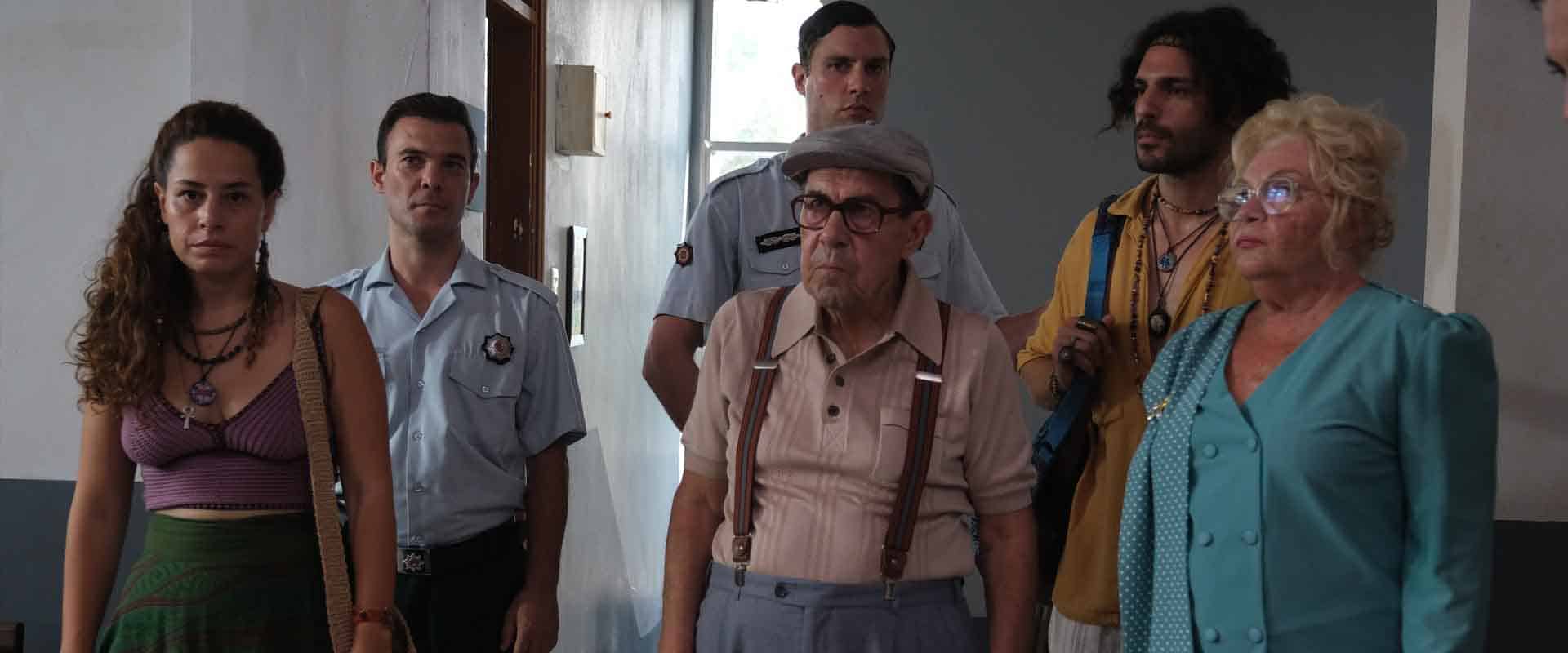The history of the unofficial refugee camp of Yarmouk in Damascus, Syria, is a true tragedy. In 2002, it was home to the largest Palestinian refugee community in Syria, counting 112,550 registered individuals living there. During the Syrian Civil War, Yarmouk camp became the scene of intense fighting in 2012 between the Free Syrian Army and the PFLP-GC supported by Syrian Army government forces. The camp then was consequently taken over by various factions and was deprived of supplies, resulting in hunger (reportedly, 181 people starved to death), diseases and a high death rate, which caused many to leave. By the end of 2014, the camp population had gone down to just 20,000 residents. In early April 2015, most of the Yarmouk camp was overrun by the Islamic State of Iraq and the Levant, sparking armed clashes with Palestinian militia Aknaf Bait al-Maqdis. At this point, the population was estimated at 18,000. After intense fighting in April/May 2018, Syrian government forces took the camp, and its population was reduced to 100-200.
“Little Palestine, Diary of a Siege” won the Ogawa Shinsuke Award in Yamagata International Documentary Film Festival

The director, Abdallah Al-Khatib, was born in Yarmouk and lived there until his expulsion by Daesh in 2015. Between 2011 and 2015, he and his friends documented the daily life of the besieged inhabitants, who faced bombing, displacement, hunger and death with rallying, music and, most of all, walking.
In that fashion, the film follows the form of a travelogue in the streets of Yarmouk, although this is not a trip of picturesque locations and beauty but one of misery, disease and death all over the place. The blights of the inhabitants start in psychological terms, since they do not know when the roads that block passage in and out of the camp will open again, and when they will be able to leave. Their initial rallies are, however, praising the Syrian government, but soon things change, as hunger settles in and people have to face issues of life and death apart from the psychological ones. The elderly, the sick and the children are the ones who seem to suffer the most from the lack of food, with the death of a baby which is then paraded through the streets as a form of demonstration, being rather shocking. No one can avoid the bombs that fall in the camp however, and soon the death toll becomes unbearable.

The reaction of the Palestinians is the same, walking the streets, rallying, singing and dancing, trying to find some sort of solace and joy in their lives but to very little avail. The kids Al-Khatib records are smiling and laughing but when he asks them what they wish for, their words are shattering: food, health, to leave the camp, to return to Palestine.
Time passes slowly and in pain in the camp and the director has captured the fact in all its glory, even if his focus also includes the singing and dancing that occasionally take place, while his own narrating voice, uttering poems, provides an audio form of solace. A number of individuals are also highlighted. His mother, who turned into a nurse taking care of the elderly at the camp, the elderly man who begs for herbs to eat, the piano player, the activists that hunger undermined their passion are all presented here.
At the same time, however, and in probably the best trait of the movie, the approach Al-Khatib implements, despite the permeating despair, is not of misery, but of hope, with the documentary being realistic but never melodramatic.This approach is intensified by the editing, with the succession of scenes retaining a sense of movement and speed, rarely focusing on a single event or individual in particular.
Throughout the movie, it becomes evident that the demonstrations, the cries of the Palestinians, and everything that is happening daily inside the camp would not see the light of day without the director's camera. Thus, “Little Palestine, Diary of a Siege” fulfills one of the main purposes of the medium, something that adds even more to its undisputed quality.















